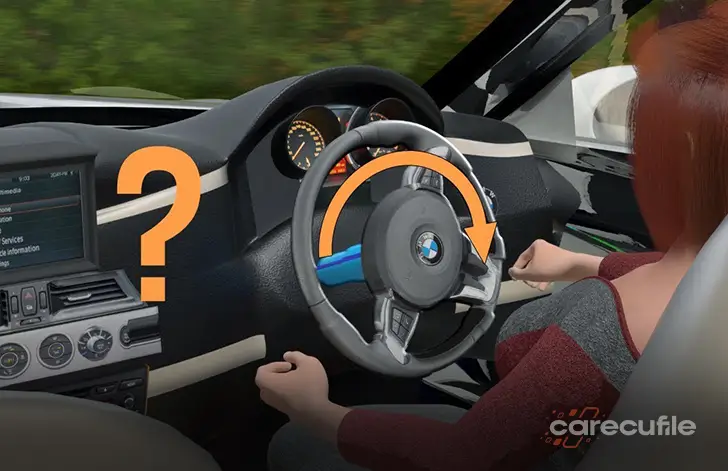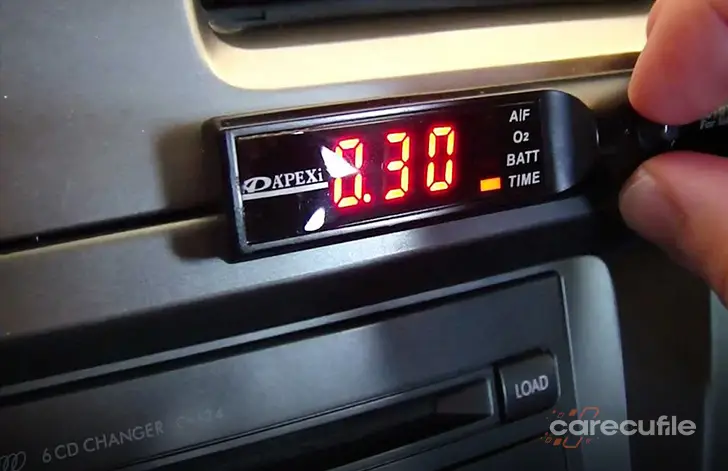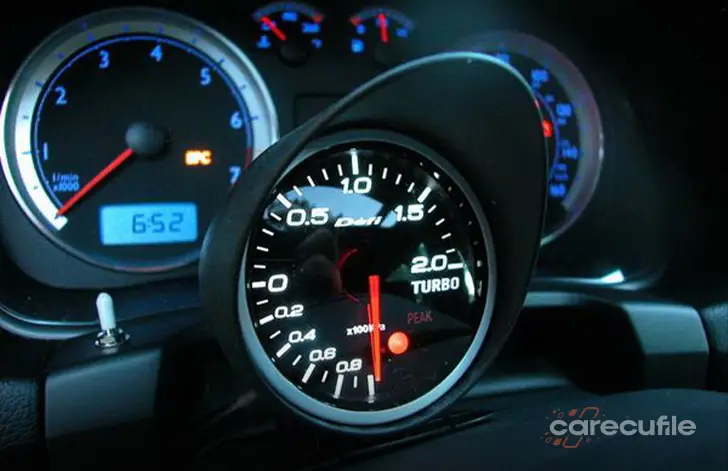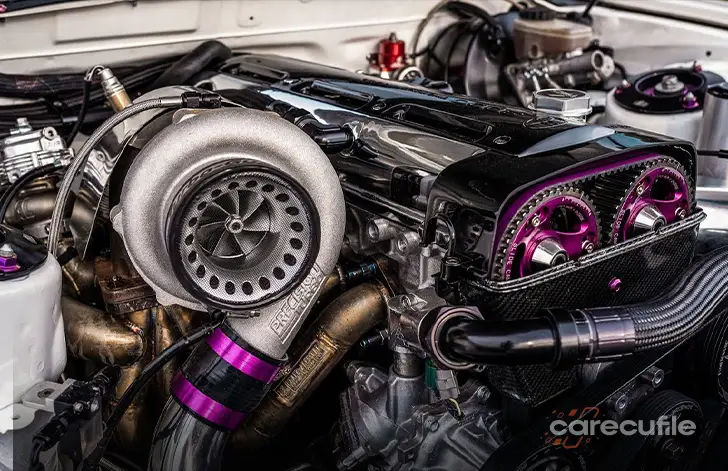How Does the Steering Wheel Collect Itself?
How Does the Steering Wheel Collect Itself?
We all see that after turning the steering wheel while cornering, the steering wheel spontaneously tries to return to its original point when the road is straight. You can even understand this much more when your speed is slow and you are making sharp turns. Most drivers do not bother to retake the steering wheel and can even leave the direct steering. At the same time, drivers who drift also use it in this way. That is why its connection with the steering wheel is much less.
Steering System
There is no mechanism for collecting steering or a special system that would require an extra engine. What supports some of the brands to make a greater impact is the shape of the steering system. Regardless of the mechanical shape (electrical, mechanical, hydraulic), it depends on the wheels and there are some shape angles, the most well-known of which is the camber angle. This angle, which is also used for the image, also shows how far the tires are facing inwards. But the steering wheel is restored again with the caster angle.
The tire slope, which is more noticeable in the older generation Mercedes during turns, is also very noticeable for motorcycles.
So Why Does This Tire Look So Crooked?
This is because of the caster's point of view. The tire takes this angle because it cannot rotate directly perpendicular to the ground and must rotate obliquely. If the positive caster rotation axis goes in front of the tire, the negative caster is otherwise known terms. In general, positive casters are found on vehicles. When you turn the corner, you can feel that a lateral force is generated on the tires. If the car is making a left turn, we slide to the right, if it is turning to the right, we move in the opposite direction and affect the tires with lateral force. Due to the difference between the tire and the rotation movement due to the caster angle, the weight on the tire creates a force in this rotation movement.
What is a Drunk Wheel?
If you press the rotation level as on the door handle, you cannot turn the door handle. But if you press it from a long distance, it will return. The same applies to this wheel, that is, when you apply force outside the axis of rotation, the tire will want to turn on its own. That is why, thanks to this force, it turns when you do not interfere with the steering wheel. The lateral force will ensure the rotation due to the fact that the vehicle rides on the tires when turning. Caster angle, on wheelchairs, shopping carts, etc. it is used, that is, it is not a system specific only to vehicles. Wherever we take vehicles, shopping carts, etc., the wheels will also move in that direction, so these wheels are called drunk tires.
So, if we ask why we use this angle in cars, we get the answer that it increases the stability of the car. If it were not for this angle, when you apply a small force to the steering wheel, it could react by changing direction very quickly. Stabiliteyi arttıran bu açı artık başka bir nedenle daha kullanılır.
Thanks to the advancing technology, this has now caused the loss of that feeling in the power steering with the return of the cars to the electric steering.
Road Sense
Since the electric motors apply power spontaneously, it also prevents the feeling from coming from the road. To prevent this, much larger caster angles are used. Thus, because the wheel will show more resistance, this feeling occurs when the steering wheel is in your hand. Mazda, in particular, is trying to increase this feeling. The fact that the Mazda caster angle is much higher compared to standard cars further reduces the loss of sensation when switching to electric power steering.
The torque transmitted from the front-wheel drive vehicle engine is transferred to the front tires and there is a linear force on these tires. Separately to this comes the lateral force in the bends. If you put a little more pressure on the gas in the corners, the tire can also destroy this effect if there is a lot of linear force. The force generated compared to the tilt of the caster angle, that is, the axis of rotation, can apply a moment to the opposite side and reset the rotation effect previously formed from the lateral force.
Perhaps you have noticed that when you load the gas a little more in the corners, the steering wheel stops where you break and does not collect itself. Since the moment from the linear force to the moment from the lateral force to the tires is the same, you need to correct the steering yourself.
















